Description
The 1949 Tour de France
The 1949 tour was battle not only between the French and Italian teams, but it was also a battle within the Italian team. When Stage 17 finished in the Italian town of Aosta, the Italian fans were livid with the French cyclists and especially Jean Robic, who boasted in an interview that he would beat the Italians easily. Insults were hurled at the non-Italian riders, car windows broken, and Tour officials and journalists retreated to spend the night in Switzerland for safety.
In the early stages of the 1949 Tour, both Coppi and Bartali were out of the top fifteen in the overall classification. In Stage 5 Coppi escaped with race leader Jacques Marinelli, but when both were involved in a crash Coppi’s bike was broken and he could not continue. When Bartali reached Coppi, he waited until the team could deliver Coppi’s spare bike. Coppi was too exhausted and hungry to continue, Bartali raced on finishing the stage eighteen minutes ahead of Coppi. Coppi was furious, threatening to drop out of the race if he was not going to be supported as the team leader. Coppi was convinced to continue and recovered in the Alps, attacking in Stage 16. Only Bartali was able to follow the attack, and the two Italians finished 1st and 2nd in the Stage. Coppi took the yellow jersey in Stage 17 and held it all the way into Paris with Bartali finishing second overall.
As Coppi had also won the Giro d’Italia in 1949, he became the first person to achieve the Giro-Tour double.
Product Description
Quality: It’s all about the Press, Paper, Image, and Deboss/Emboss
This is without question the highest quality print series we have ever done. We have always tried our best to outdo the quality of our last project, and this go-round has us wondering how we will ever top the quality of this year’s prints.
The Press
This year we were able to talk the print masters at AMP in Dublin California to print this otherwise micro-run on their $4,500,000 Heidelberg Speedmaster press. This is an end of the rainbow press and really expensive to operate. The press itself is about 100 feet in length from where the blank paper enters to where it comes out in all its radiant printed glory.
The Paper
We used 140-pound Mohawk brand paper. This luxurious stock has a wonderful toothy feel that reeks of luxury. If the paper were any thicker, we would have to ship the prints flat.
The Image(s)
All of the Poster Art images come from original posters in our collection. We looked through hundreds of images to find five of our favorites, not an easy task.
Deboss/Emboss
We had excellent paper, stunning images, and a phenomenal press. We wanted more. We felt we were right at the precipice of perfection but needed to go a little further. At this point, we can’t recall exactly whose idea it was, but when the deboss/emboss idea emerged, we knew that was our missing link. An exorbitantly expensive process that includes multi-stage custom handmade dies, hyper-specialized machinery, and an ocean of patience to execute correctly, this alone is the pièce de résistance that elevated this endeavor to art. Take a look at the additional photos. Essentially, the deboss is a large die that slams the paper precisely on the image line and leaves behind a striking beveled edge.
Embossing is the opposite of debossing. The emboss has the die coming from the bottom and pushes the paper up. We created a unique logo design special for our prints.
The debossed and embossed print has a beautiful finished look, it is ready to go straight into a frame. No mats needed.
Another benefit of this process is the ease of knowing the real product from a fake. Between the paper, the press, and especially the deboss/emboss process, the counterfeiters are going to move on to easier marks. What you will own is something that lies somewhere between extremely unique to absolutely never before seen quality in the cycling world. Can you tell we are proud of these?
Lithograph Size: 18 x 24 in (46 x 61 cm)
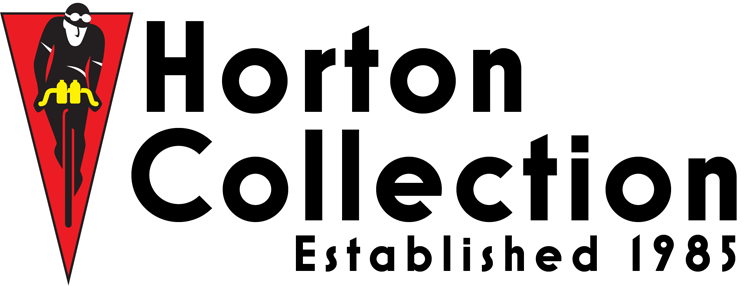

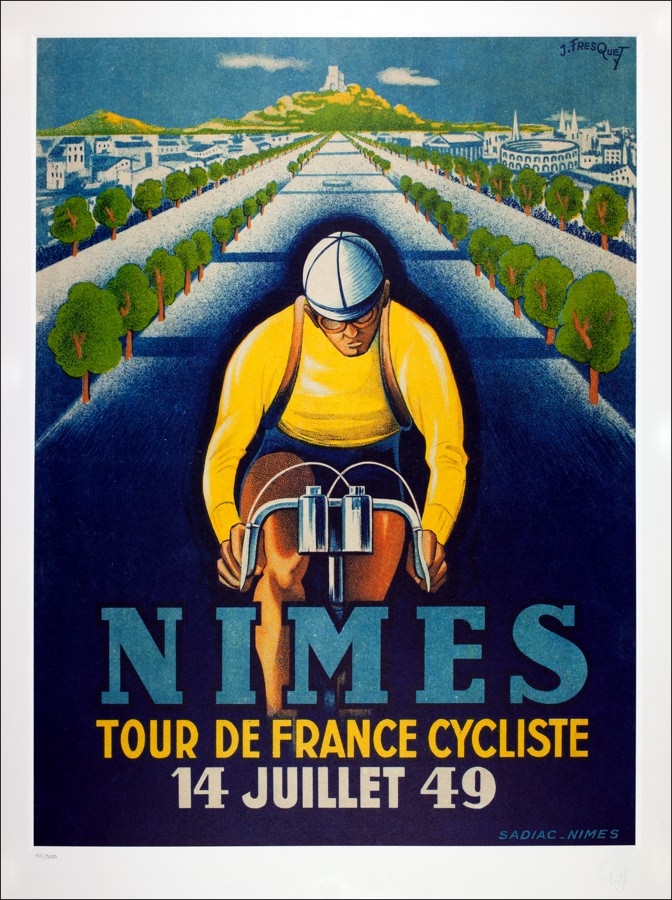
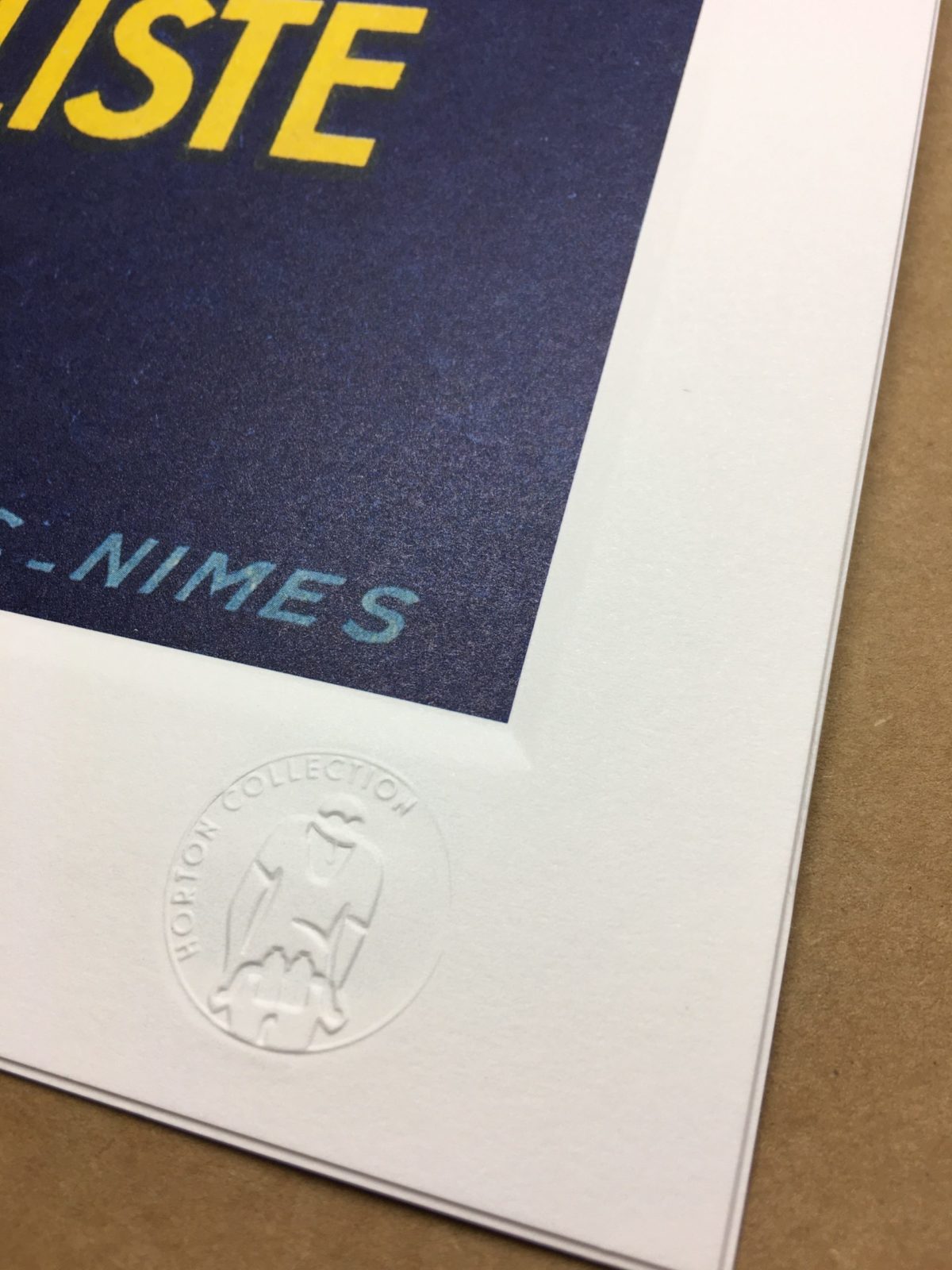
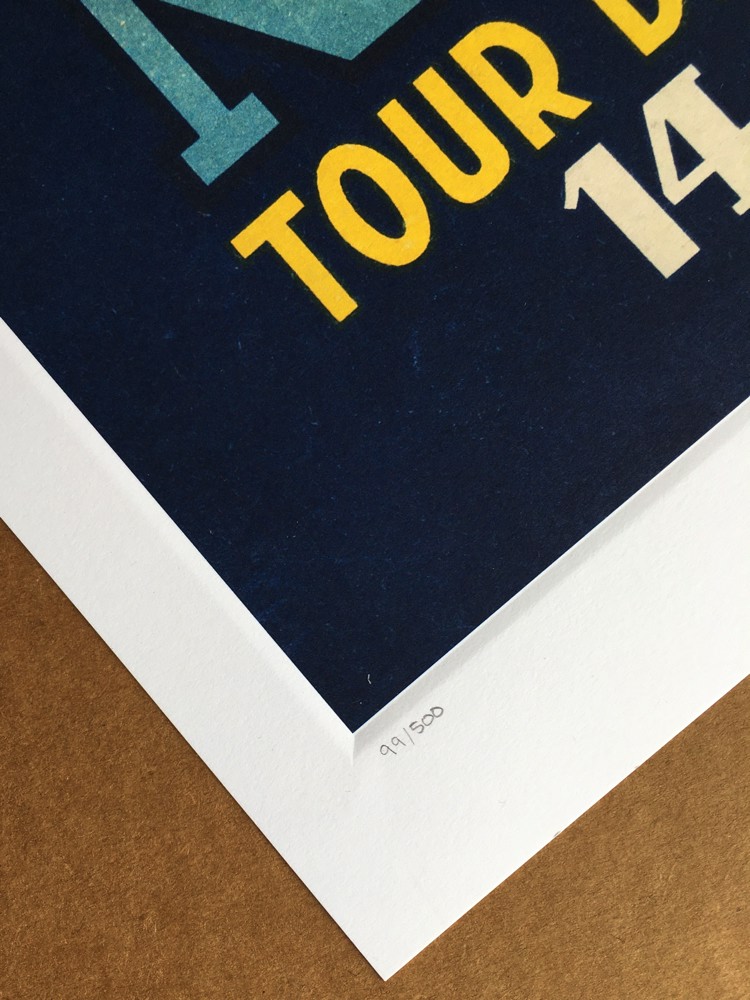
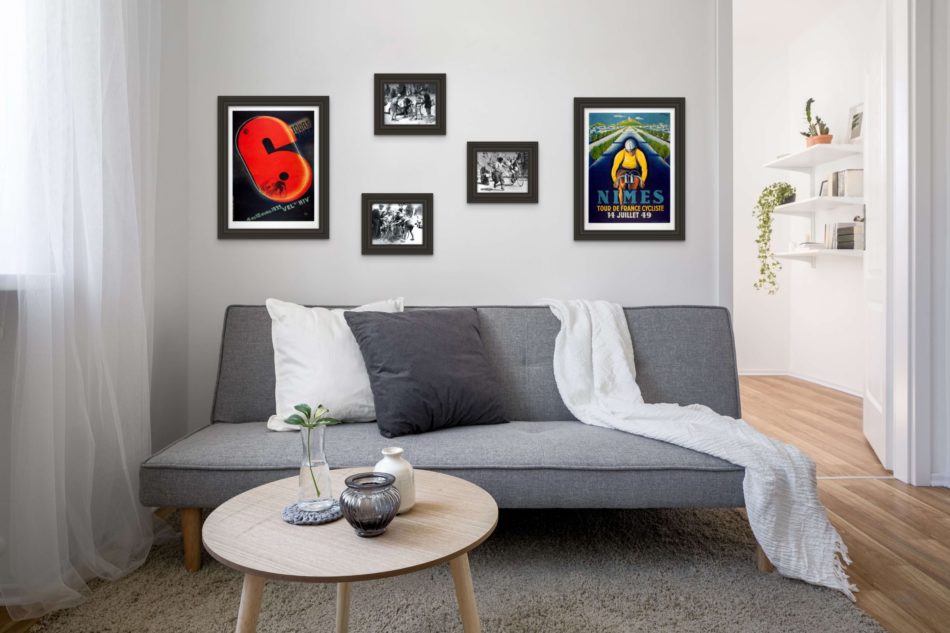
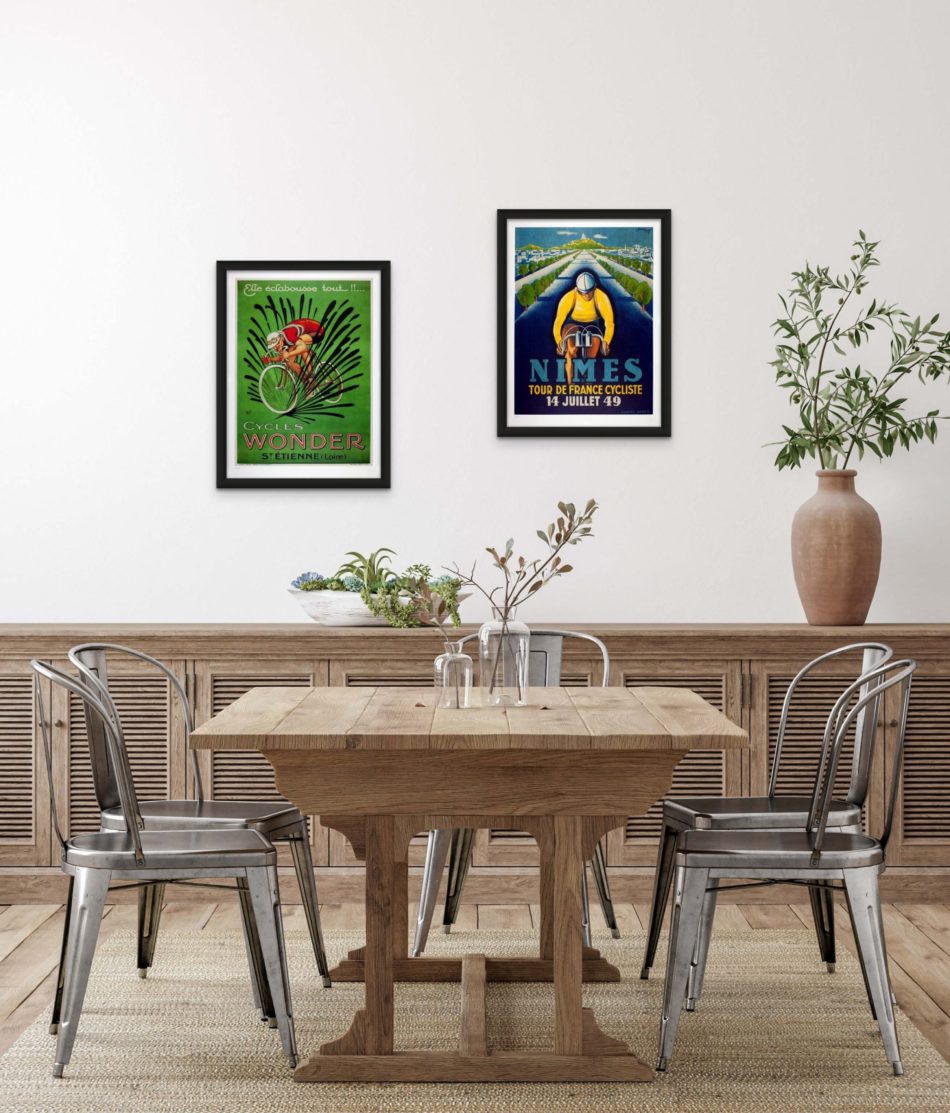
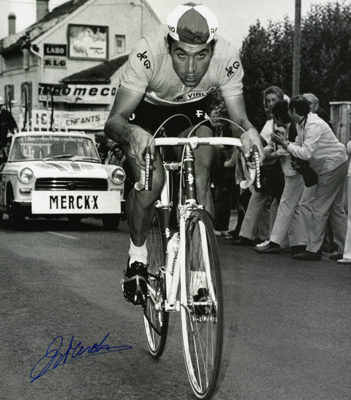
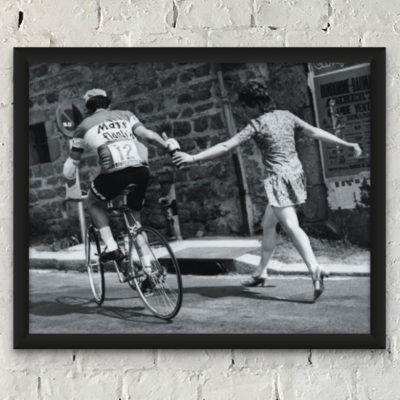
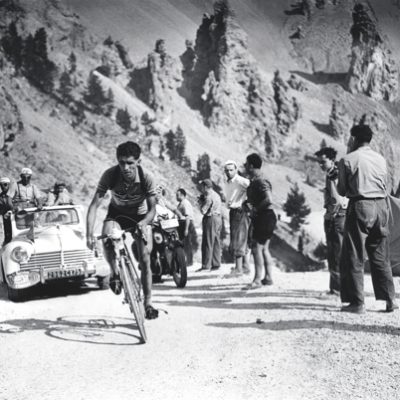
Recent Comments